Inside Manhattan’s last underground gun club
- Text by OK McCausland
- Photography by OK McCausland

In the summer of 2019, I photographed Westside Rifle and Pistol Range – the last remaining commercial gun range (and, as of 2020, the last gun store) in Manhattan. I documented the people and culture of the range itself, beyond the stringent rules and contentious hobby of gun ownership in New York City.
Westside, a basement gun range located in the belly of the Flatiron district, is a throwback to a different time in the city’s history. Down there, curling and faded photos on the walls boast images of Robert Deniro in Taxi Driver (filmed at Westside) and yesteryear’s cast of Law and Order. Paint chips off the walls, dust accumulates on every tchotchke, the lights flicker a fluorescent green – a stark contrast to the sleek, modern New York above ground.
New York City is one of the most difficult places to get a gun permit in the country without law enforcement or security credentials. The application process is long, expensive, and thorough. This makes shooting ranges a niche market; it is a small and tight-knit crew that hangs out at Westside. Many are retired cops, corrections officers, security workers, but some are teachers, lawyers, and business people who have permits and come here to practice. For many, Westside is a rec room, but above all, the range is a community: a gathering place where people from all five boroughs congregate. “There’s nowhere else I would rather be in America than down here,” said a member recently.
Members often tell stories about “the old days” of the city, the New York in storybooks and movies: parties at Studio 54, discos at abandoned warehouses downtown, playing jazz at the Knitting Factory in the ’80s, getting Rolling Stones tattoos before parlours were legal. The retired cops tell stories about photographing John Lennon’s body in the morgue, bloody aftermaths of mob hits on Mulberry Street, money train thieves, the debauchery of 1970’s XXX theatres in Times Square, and of course, September 11th.
In 2021, the US has seen a shocking increase in gun sales and gun violence across the United States. As much as most of life slowed down or completely halted during the pandemic, gun violence remained a persistent feature of American life. Needless to say, much of that violence was at the hands of law enforcement. Westside is emphatic that it is an education centre; the majority of their work comes from teaching classes on gun safety and responsibility. In management’s eyes, gun laws are respected and followed to their highest extent at this range.
Since the pandemic, the lobby of Westside is still resonant with the sound of firing bullets, and the coffee still brews constantly, but the phone doesn’t ring off the hook anymore. “Things are different now, people are afraid to come out. A lot is changing up there,” says Darren Leung, owner of the range for over twenty years.
But Leung, born and raised on the Lower East Side, still loves his city and the people who occupy it: “If you come in here, you are my brother or my sister. I don’t care if you’re the president of a company or you shovel shit in a zoo. I treat everyone with respect. This place is the real melting pot of New York.”
Follow OK McCausland on Instagram.
Enjoyed this article? Like Huck on Facebook or follow us on Twitter.
Latest on Huck
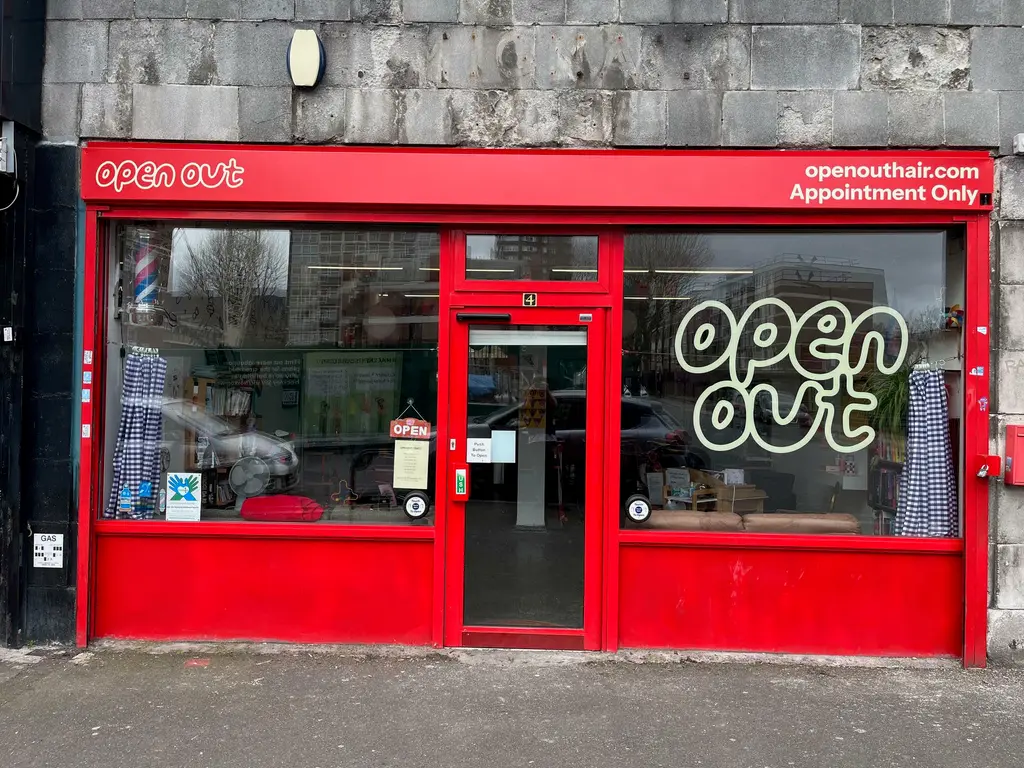
Meet the trans-led hairdressers providing London with gender-affirming trims
Open Out — Since being founded in 2011, the Hoxton salon has become a crucial space the city’s LGBTQ+ community. Hannah Bentley caught up with co-founder Greygory Vass to hear about its growth, breaking down barbering binaries, and the recent Supreme Court ruling.
Written by: Hannah Bentley
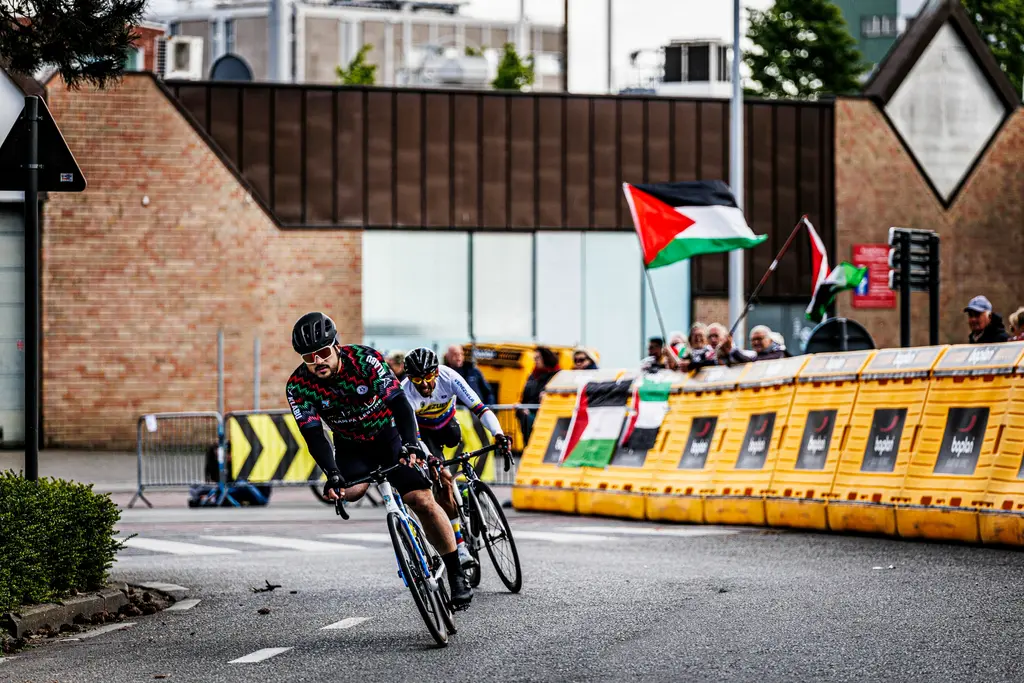
Gazan amputees secure Para-Cycling World Championships qualification
Gaza Sunbirds — Alaa al-Dali and Mohamed Asfour earned Palestine’s first-ever top-20 finish at the Para-Cycling World Cup in Belgium over the weekend.
Written by: Isaac Muk
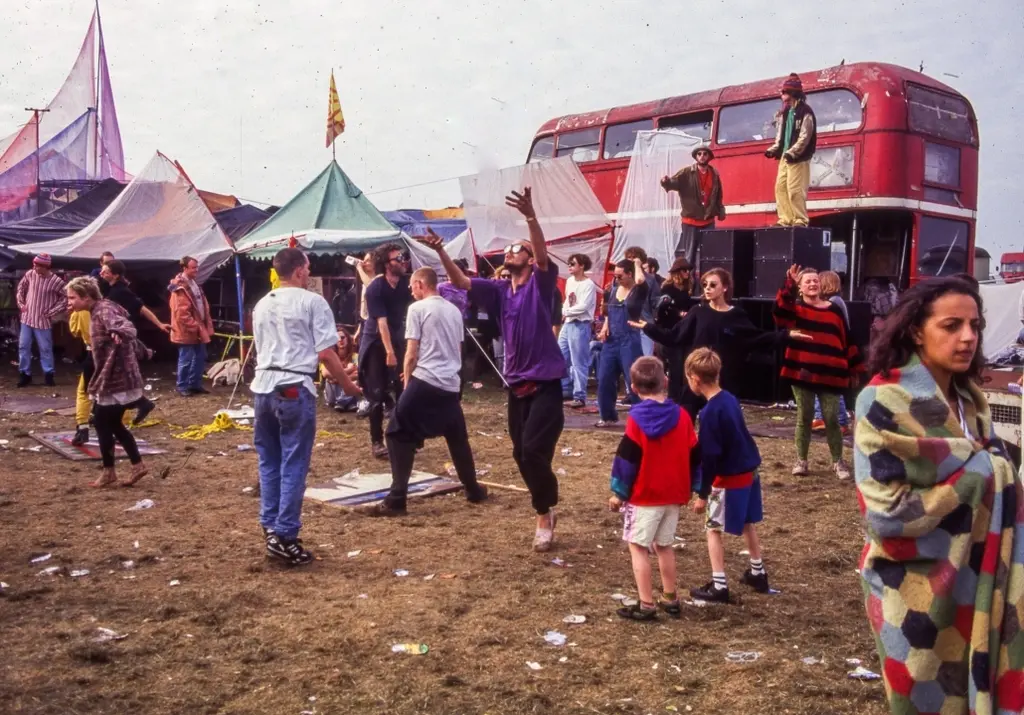
New documentary revisits the radical history of UK free rave culture
Free Party: A Folk History — Directed by Aaron Trinder, it features first-hand stories from key crews including DiY, Spiral Tribe, Bedlam and Circus Warp, with public streaming available from May 30.
Written by: Isaac Muk
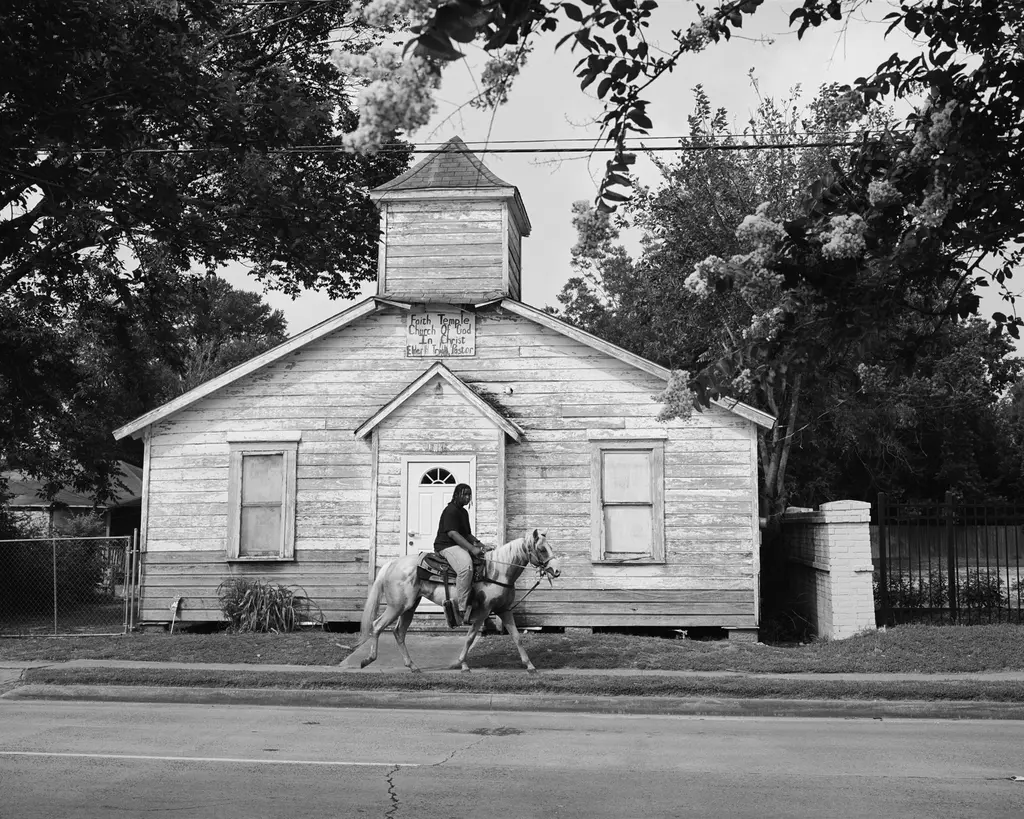
Rahim Fortune’s dreamlike vision of the Black American South
Reflections — In the Texas native’s debut solo show, he weaves familial history and documentary photography to challenge the region’s visual tropes.
Written by: Miss Rosen
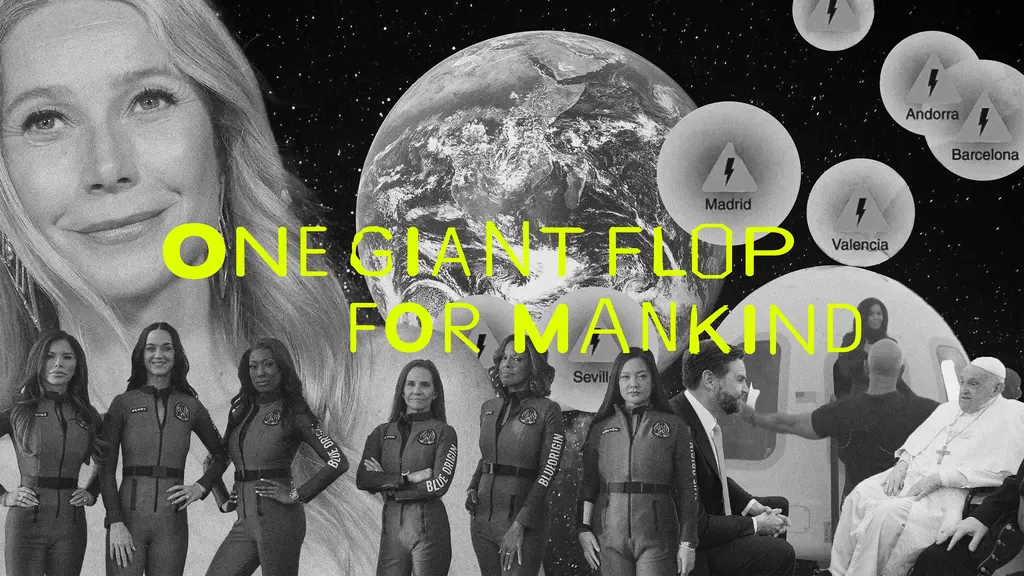
Why Katy Perry’s space flight was one giant flop for mankind
Galactic girlbossing — In a widely-panned, 11-minute trip to the edge of the earth’s atmosphere, the ‘Women’s World’ singer joined an all-female space crew in an expensive vanity advert for Jeff Bezos’ Blue Origin. Newsletter columnist Emma Garland explains its apocalypse indicating signs.
Written by: Emma Garland
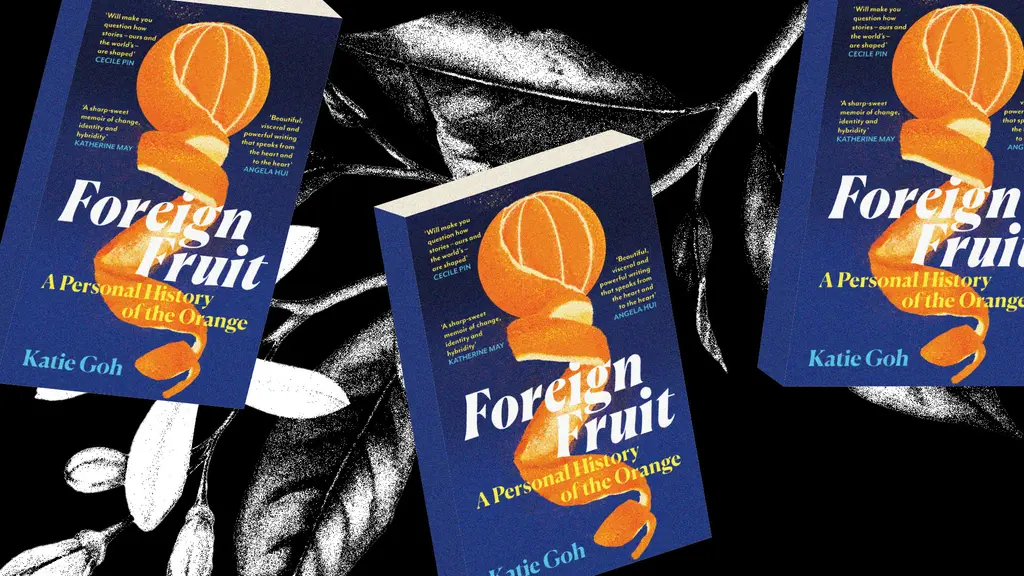
Katie Goh: “I want people to engage with the politics of oranges”
Foreign Fruit — In her new book, the Edinburgh-based writer traces her personal history through the citrus fruit’s global spread, from a village in China to Californian groves. Angela Hui caught up with her to find out more.
Written by: Katie Goh

